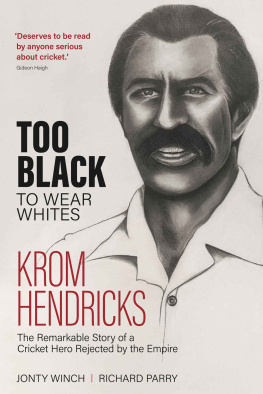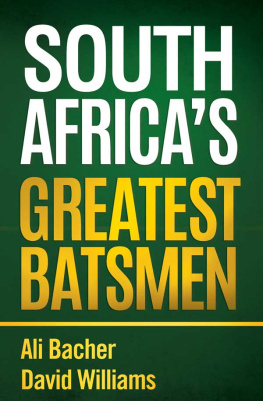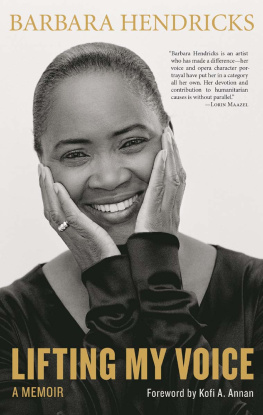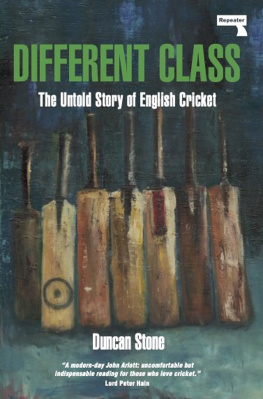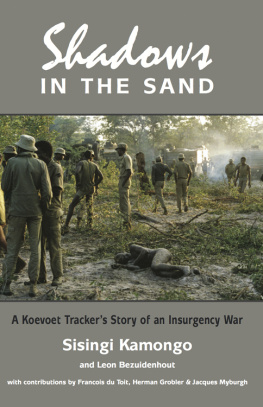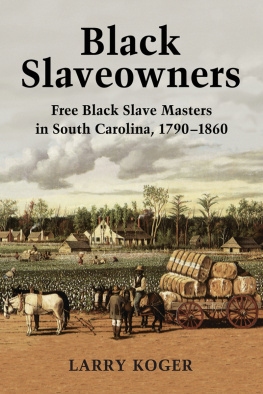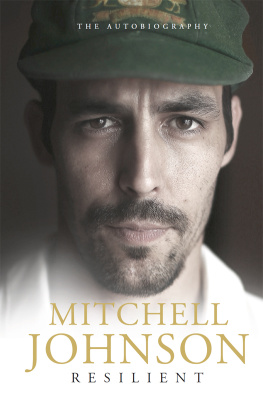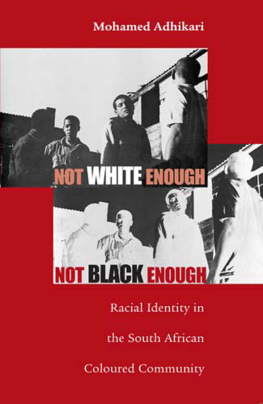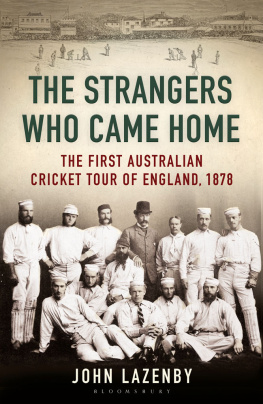Every now and again a book crops up that can only be described as extraordinary, and Too Black to Wear Whites most certainly falls into that category what is remarkable is the man that authors Parry and Winch have chosen to write about, and the lengths that they have had to go to reconstruct his life.
Martin Chandler, Cricket Web. Net
An immensely valuable piece of revisionist sporting history from a country still striving to make sense of the past.
Paul Edwards, The Cricketer
Winch and Parry have done the game a great service by delving deeply into their subject to knot the loose ends of Hendricks previously barely-told story, and in the process weave a vibrant vision of the South Africa of the time.
Telford Vice, CricBuzz
The authors have done South African, and world cricket, a huge service in articulating a non-White sporting heritage fraught with adversity, sacrifice, courage and humanity.
Mushtak Parker, New African
In recording the true history of South African cricket, Parry and Winch are driven by a commitment to correct an injustice against a player such as Hendricks, who has been airbrushed out of history.
Ryland Fisher, Weekend Argus
From a few footnotes a few years ago, we now have a rounded picture of an early South African bowling star and the almost unbelievable dramas that surrounded his life and career.
Andr Odendaal, Cricket World
The central aim of the project, to recover the career of a player whom the authorities would rather have ignored, is resoundingly successful.
Geoff Levett, Sport in History
This comprehensive piece of sporting history is a triumph of commitment.
Nancy Richards, South African Country Life
Winch and Parry paint a picture of a vibrant and engaged cricket community, of which Hendricks was a part So much for the later narrative that people of colour are not interested in cricket.
Firdose Moonda, Cricinfo
Had it not been for the forensic feat of Jonty Winch and Richard Parry, the compelling story of Hendricks and the nefarious shenanigans of Rhodes would not have been unearthed in their fascinating book Too Black to Wear Whites.
Mushtak Parker, Cape Times
This edition published by Pitch Publishing, 2021
First published by Penguin Books, SA, 2020
Pitch Publishing
A2 Yeoman Gate
Yeoman Way
Durrington
BN13 3QZ
www.pitchpublishing.co.uk
Jonty Winch and Richard Parry, 2020
Every effort has been made to trace the copyright.
Any oversight will be rectified in future editions at the earliest opportunity by the publisher.
All rights reserved under International and Pan-American Copyright Conventions. By payment of the required fees, you have been granted the non-exclusive, non-transferable right to access and read the text of this e-book on-screen. No part of this text may be reproduced, transmitted, downloaded, decompiled, reverse-engineered, or stored in or introduced into any information storage and retrieval system, in any form or by any means, whether electronic or mechanical, now known or hereinafter invented, without the express written permission of the Publisher.
A CIP catalogue record is available for this book from the British Library
Print ISBN 9781785318252
eBook ISBN 9781785319037
eBook Conversion by www.eBookPartnership.com
Contents
For Norma, Matthew and Jamie
Jonty
For Helen and Carolyn
Richard
Dr Jonty Winch studied at the University of Rhodesia; De Montfort University, Leicester, and the University of Stellenbosch. He has been involved in photography, journalism and education, and has written six books on sporting history in southern Africa. He also co-authored Cricket & Conquest: The History of South African Cricket Retold 1795-1914 (2016); co-edited Cricket & Society in South Africa 19101971: From Union to Isolation (2018), and has written articles for accredited international academic publications.
Dr Richard Parry studied African history and politics at the University of Natal, Durban, and his post-graduate work at Queens University, Canada focused on Cecil Rhodes and resistance to colonialism. After a career in international taxation, he now divides his time between advising African countries on implementing effective tax systems and uncovering the hidden histories of black cricketers in South Africa. He was a contributor to Empire and Cricket: The South African Experience 18841914 (2009) and co-editor of Cricket & Society in South Africa 19101971: From Union to Isolation (2018).
Foreword
THIS IS A book that desperately needed to be written, and that I, as a historian of South African sport, have been awaiting for a long time. It is about a fast bowler of exceptional ability who played cricket in Cape Town in his prime in the 1890s. His name was William Henry Krom Hendricks and he was someone who came to life on the cricket field. His hostile and skilful bowling was a thrilling sight. He delivered high-speed yorkers which burst through defences and electrified the big crowds who queued to see their hero bowl. Week after week he turned in exceptional performances. He was in constant demand and played for more than a dozen teams in his long career. English professional cricketers who saw him play compared him to the first great Australian fast bowler, Frederick The Demon Spofforth, and rated him one of the best in the world.
But, until comparatively recently, you had to look hard to find the name of Krom Hendricks in the official records of South African cricket. In the massive 848-page history of South African cricket written by Maurice Luckin in 1915, he appears as the Cape coloured boy, Hendriks [sic] whose selection for the 1894 tour would have been impolitic and is listed in a single scorecard hidden away on pages 517 and 518. He was one of 18 cricketers who serendipitously got a chance to play in an unusual match, described in Chapter 1 of this book, against the 1891/92 English tourists.
Those 18 cricketers were unusual because they were described as non-Europeans and later non-whites under the terminology of the time. And they were the only players so described who made it into the official record of South African cricket for the 85 years from the beginnings of competitive cricket in this country in the mid-1870s to 1960. Not one other person not classified white was included in the four dense volumes written by Luckin, Louis Duffus and Brian Bassano covering that period.
The clear implication arising from Luckins and other histories like his was that cricket was a white mans game, and that the natives never played it or showed an interest. The exclusions and silences in the history books mirrored the horrible real-life discrimination that people suffered under the violent and exclusionary systems of colonialism and apartheid. The ruling classes assumed for generations that others who did not look like them were somehow less human and did not have the same capabilities or deserve the same opportunities.
However, in the past few decades a determined group of historians has been hard at work rewriting the story of South African cricket to disprove these supremacist notions. As they proceeded with their searches, amazing stories started to unfold in terms of both Krom Hendricks and the broader South African cricket canvas, revealing an infinitely richer story than that which has been known. The researchers, with Jonty Winch and Richard Parry prominent, first found a newspaper report about the 1891/92 match and then the comments by the English professionals regarding Hendricks. They went on a systematic search of the newspapers of the time and the name Hendricks kept jumping out at them. Three books and a doctoral dissertation emerged from these searches, but still Winch and Parry persisted until finally this lovingly crafted, intimate biography emerged.
Next page
